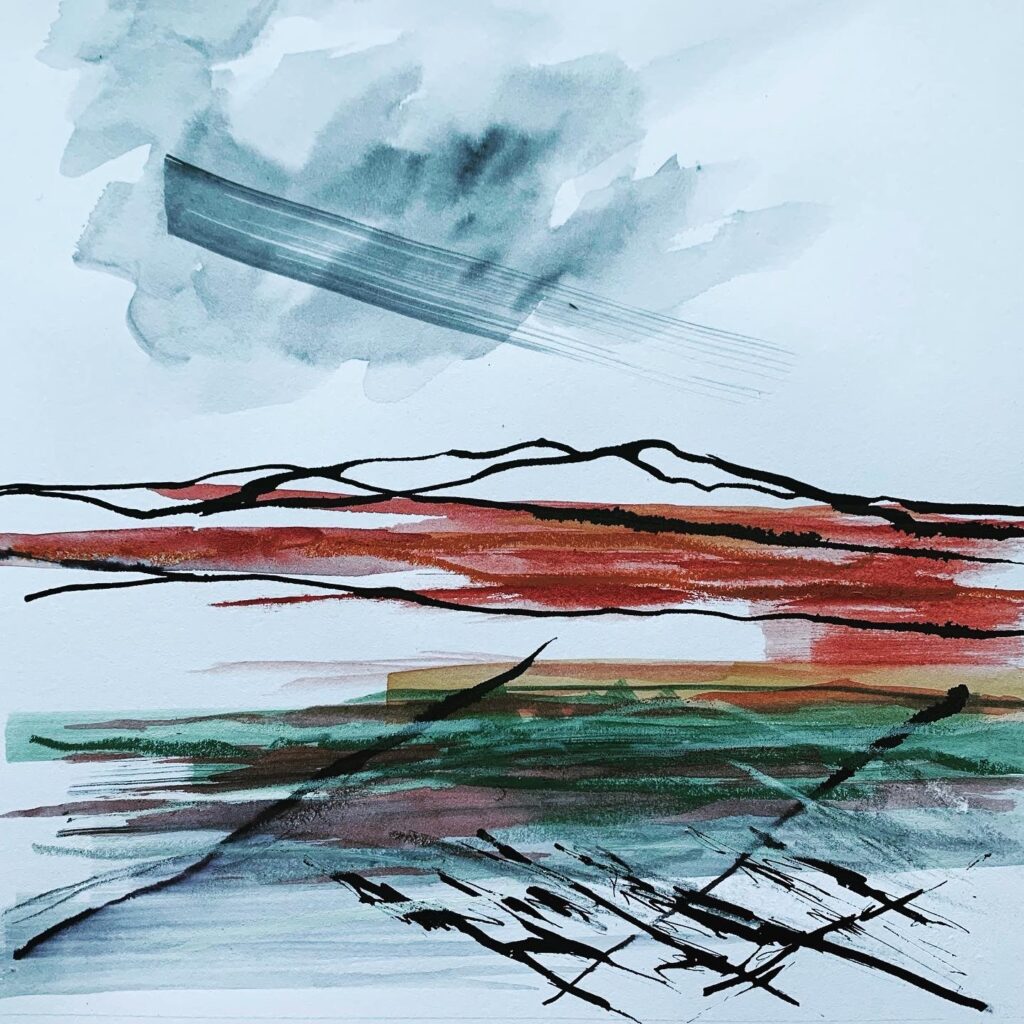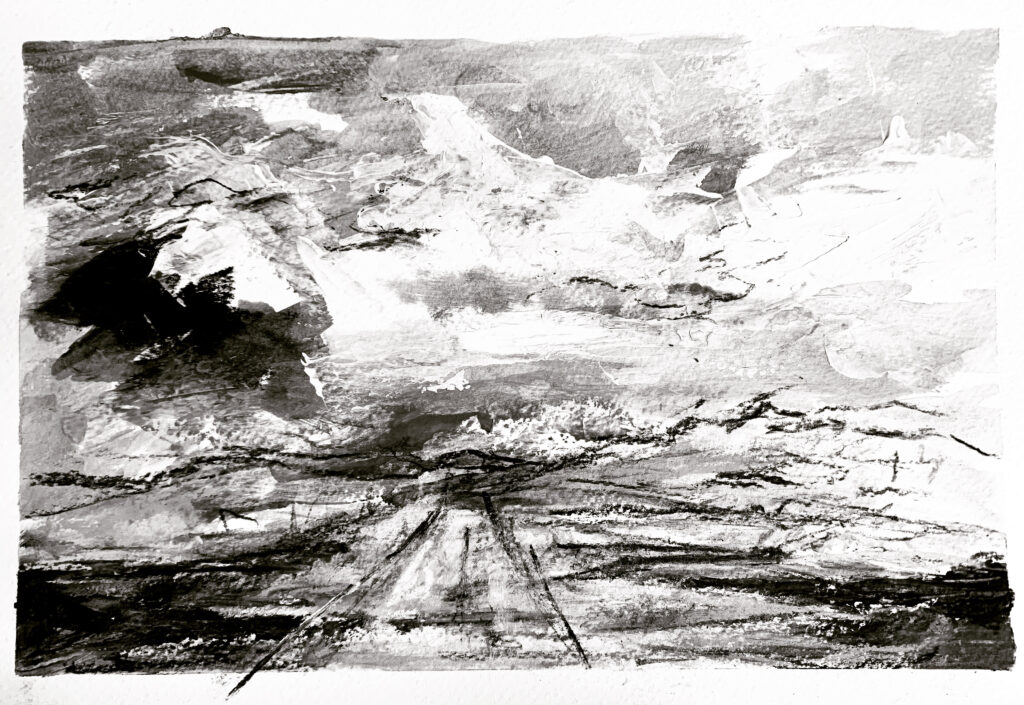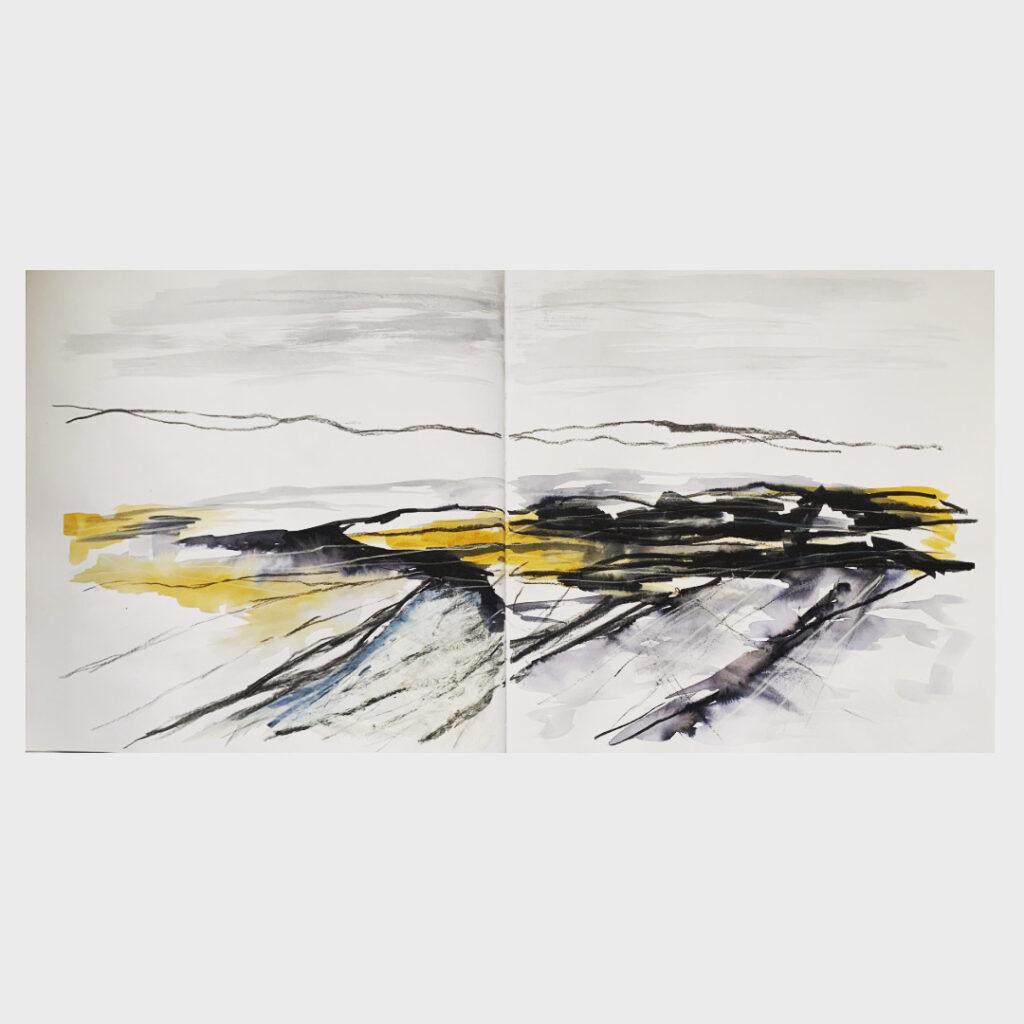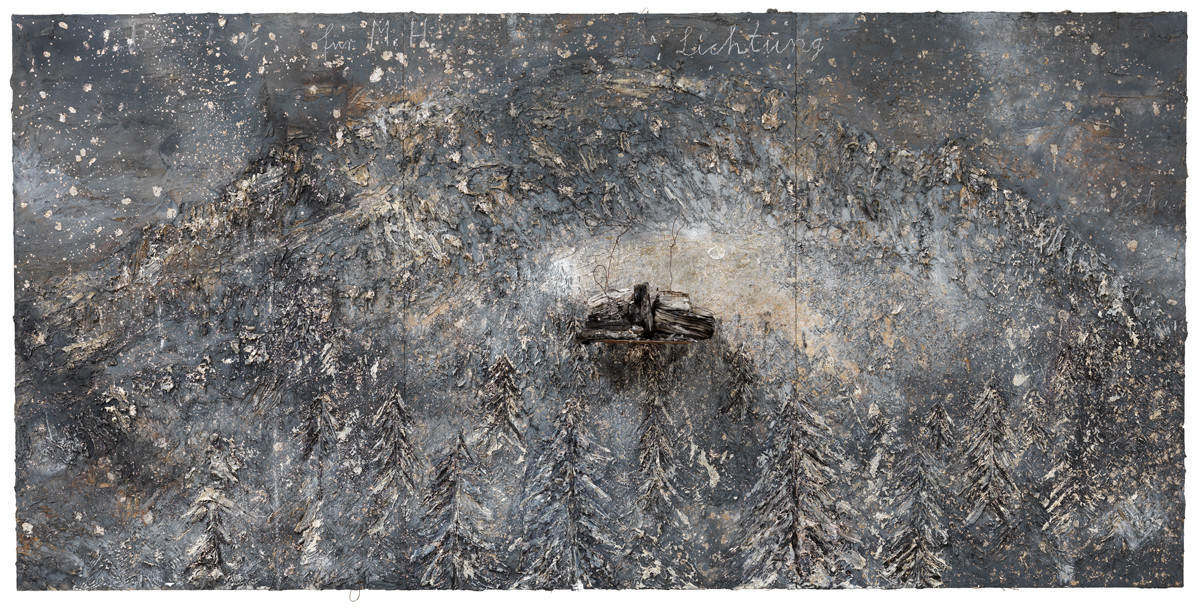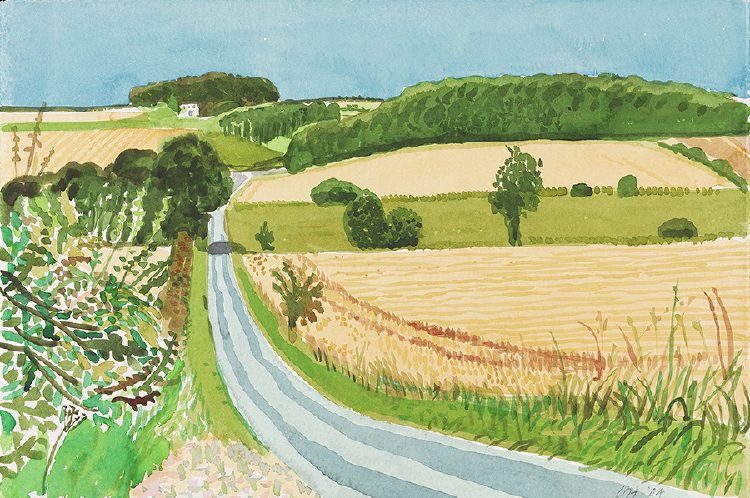Feeling lost in abstract art can be a common experience, but it’s also an opportunity for growth and self-discovery. Using a sketchbook to guide your intuition can be a powerful tool in finding your purpose in abstract art. Here are some steps to help you along the way:
Embrace the Uncertainty:
Understand that feeling lost or uncertain in abstract art is normal. It’s a genre that encourages exploration and self-expression without strict rules.
Set Intentions:
Before you start, take a moment to set intentions for your artistic journey. Ask yourself questions like: What do I want to express? What emotions or ideas do I want to convey? What is the message I want to share?
Experiment with Different Materials:
Use a variety of materials in your sketchbook, like pencils, charcoal, ink, watercolours, acrylics, etc. Each medium can evoke different feelings and textures.

Free Your Mind:
Allow yourself to let go of preconceived notions or expectations. Don’t worry about making a “perfect” piece. Instead, focus on the process and the emotions you want to convey.
Practice Mindfulness and Introspection:
Spend some time in a quiet, comfortable space. Close your eyes, take deep breaths, and try to clear your mind. Reflect on your emotions, experiences, and thoughts. This can help you connect with your inner self.
Start with Gestures and Lines:
Begin with loose, flowing gestures and lines on your sketchbook. Let your hand move freely without overthinking. This can help you tap into your subconscious and intuitive thoughts.

Respond to What Appears:
As you make marks on the page, pay attention to what emerges. It could be shapes, textures, or forms that evoke certain feelings or memories. Allow these elements to guide your next steps.
Experiment with Layers and Textures:
Build layers of colours, shapes, and textures. Use different techniques like blending, splattering, or scraping to create depth and interest.
Reflect and Analyze:
Periodically step back and observe your work. Consider what resonates with you and what doesn’t. Reflect on the emotions and thoughts that arise as you look at the piece.

Seek Inspiration and Learning:
Look at the works of other abstract artists. Attend exhibitions, read books, and watch documentaries about abstract art. This can provide fresh perspectives and techniques.
Document Your Journey:
Keep a journal alongside your sketchbook. Write down your thoughts, feelings, and observations about your artistic process. This can be a valuable record of your growth and insights.
Trust the Process:
Remember that finding your purpose in abstract art is a journey. It takes time and patience. Trust yourself and your instincts.
Ultimately, finding your purpose in abstract art is a deeply personal and evolving process. Allow yourself to explore, make mistakes, and learn from your experiences. The most important thing is to enjoy the process of creating and expressing yourself.




